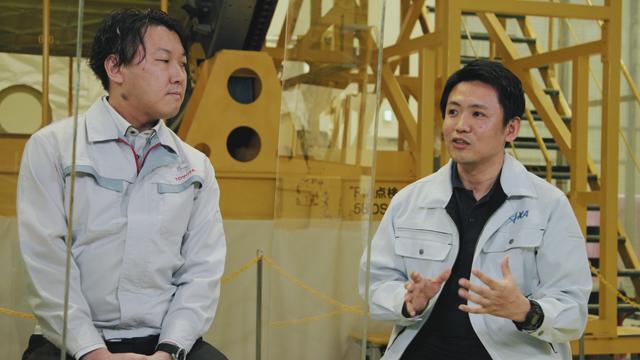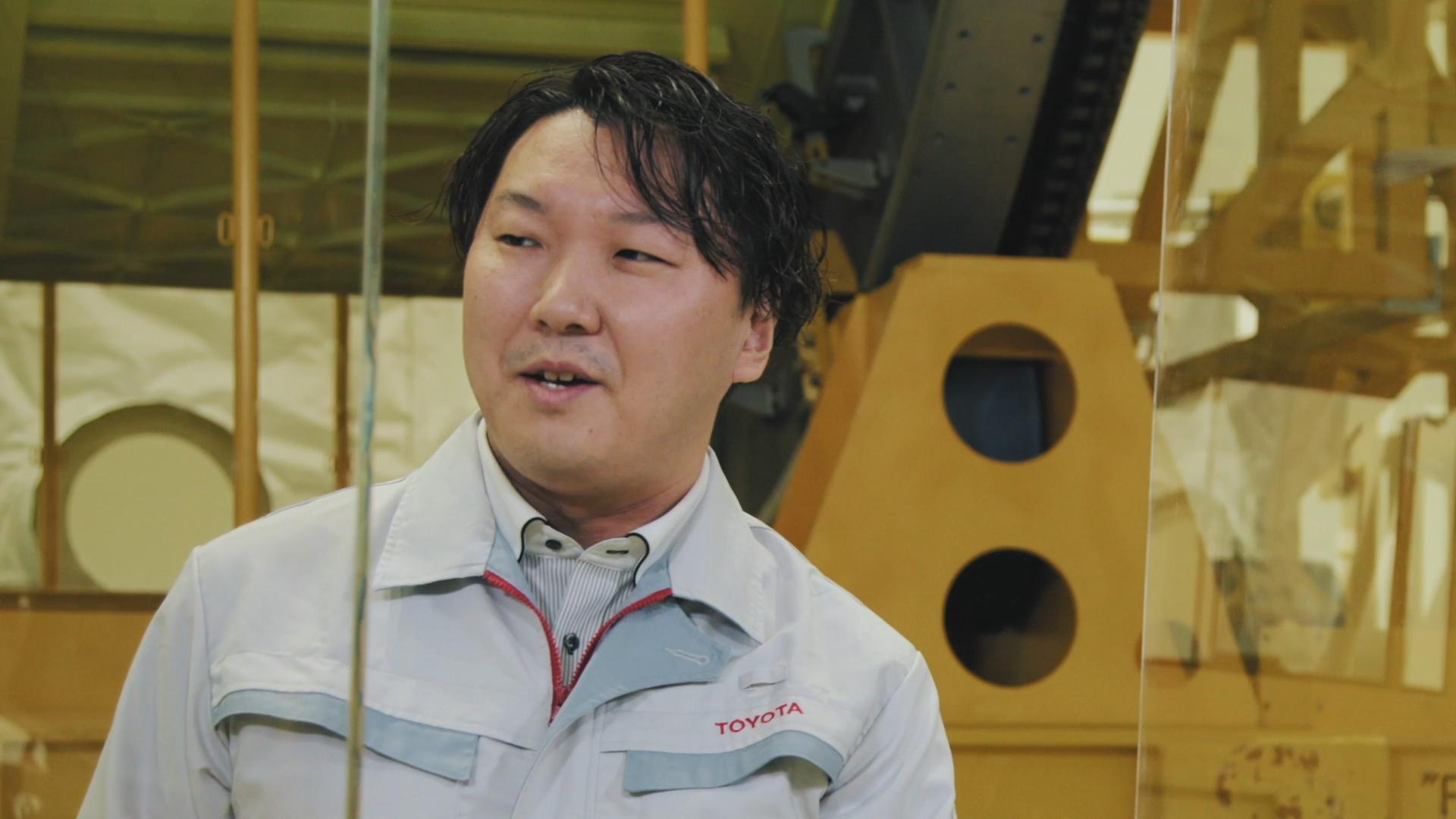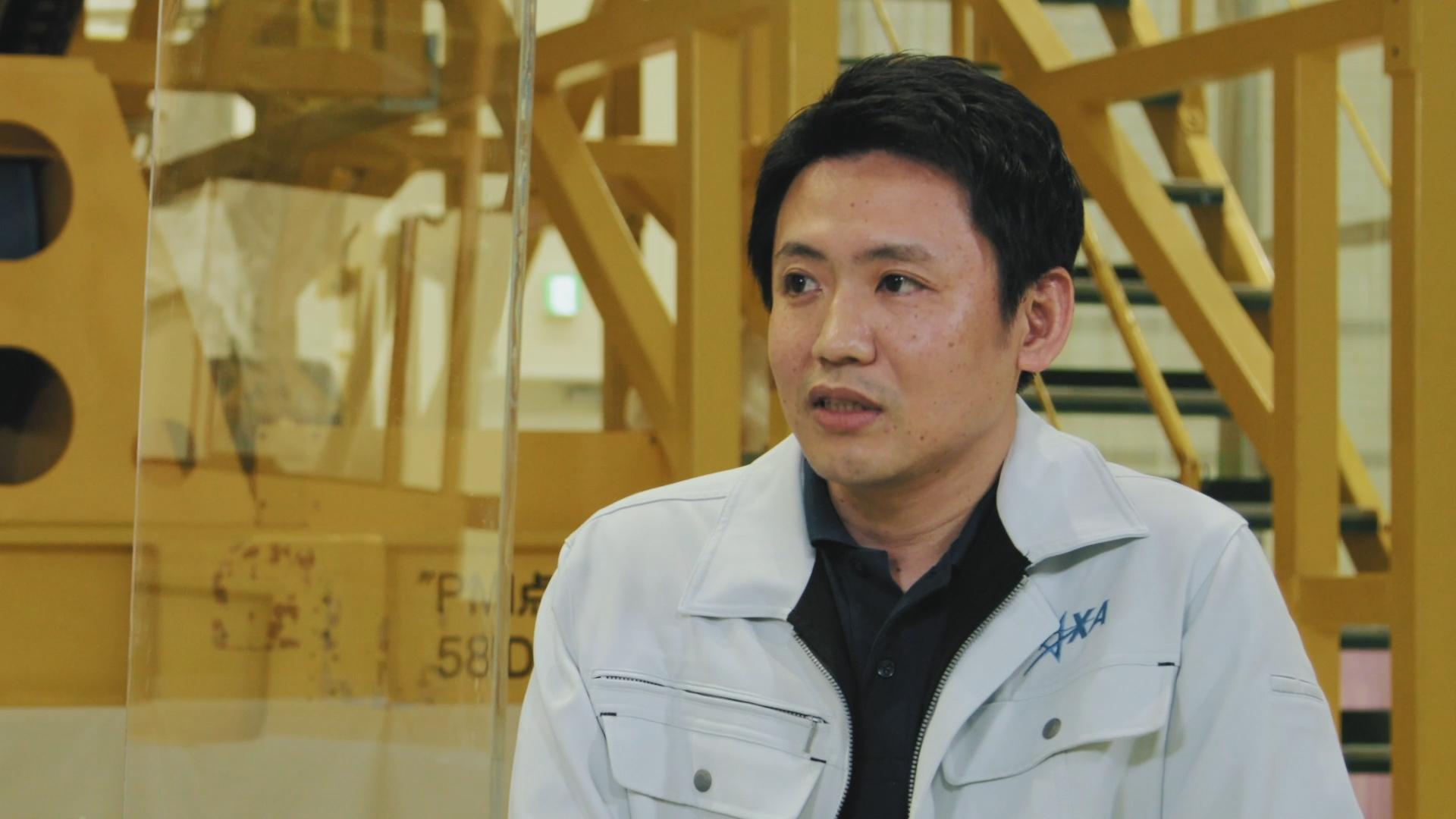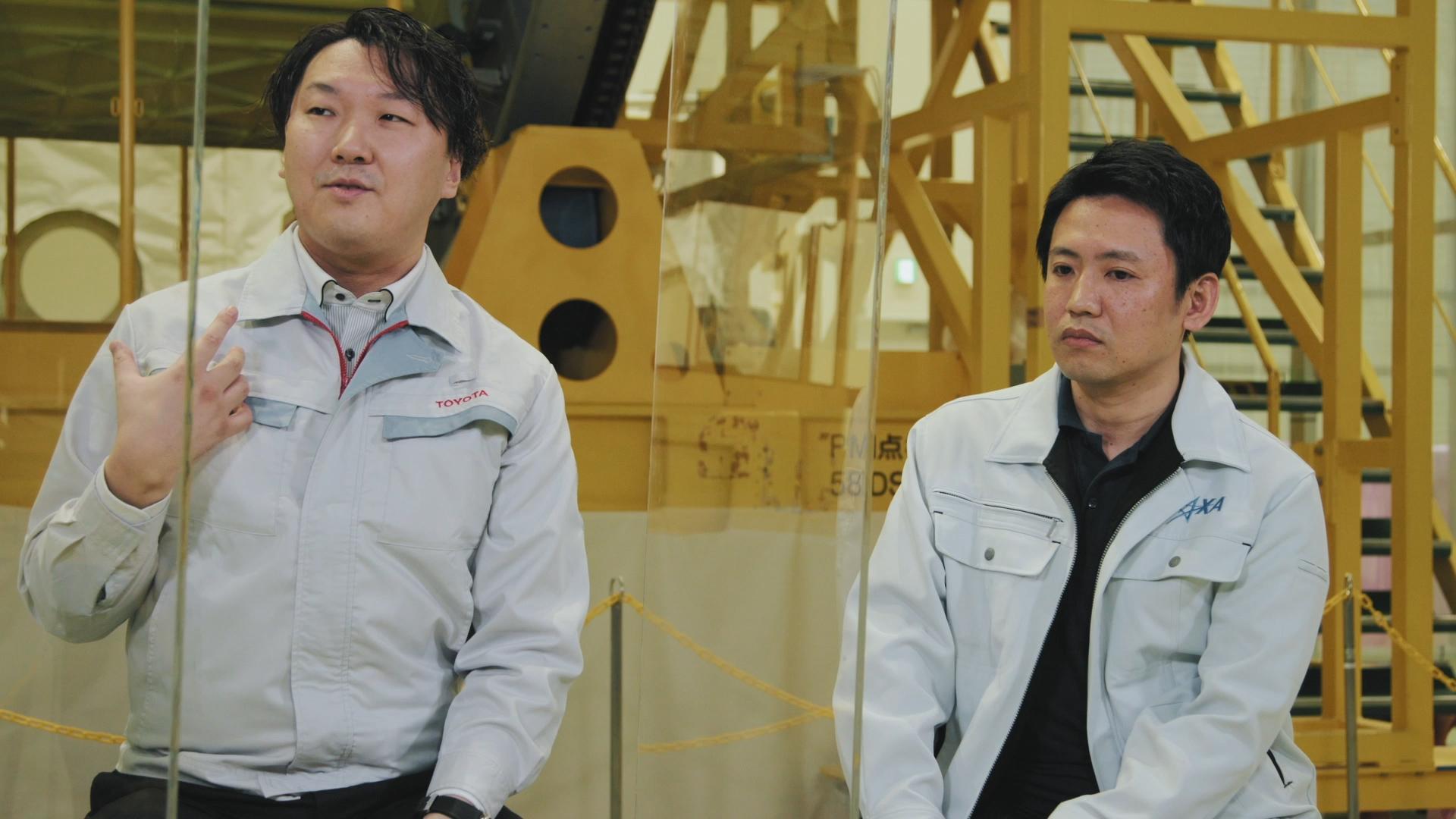
The story of how the determination for Toyota to embark on projects for outer space development was born from the passion of two team members, one from Toyota, the other from JAXA.

The catalyst to joint collaboration was passion from team members
Toyota’s current involvment in the development of outer space, and, more specifically, the pressurized crew rover development came from the passion shared by two people. One is a Toyota team member; the other is a member of JAXA. The two had no prior connection or history, but both separately held the belief that “Toyota should be involved in space.”
That passion eventually merged together as they ended up crossing paths, leading to what is now an enormous project that may even be able to change the world. What drove their passion that pushed them to think of involving Toyota in projects related to outer space development? Toyota Times after hearing their names on several occasions, reached out to meet then in an attempt to find out the reason.
Putting Toyota in the center of outer space development

These two men here initiated this joint project between Toyota and JAXA.
Nice to meet you.
Ohmura:
I’ve been involved with this project since launch. I’m Yukihito Ohmura from Toyota.
Suenaga:
I’m Kazuya Suenaga from JAXA. Nice to meet you.
Toyota Times:
You just mentioned that you’ve been involved since the launch.
Ohmura:
At Toyota, there is an internal working group that contemplates on how the company should be in twenty or thirty years’ time, and the catalyst came from being involved in that.
Within that, when thinking about the future 20 or 30 years down the road, cars such as Land Cruiser are expected to still be around on the Earth. When looking beyond that, the next stage seemed to be outside of the Earth, meaning outer space, and rather than starting right from Rover, the thinking was what we can do with “Toyota x Space”.
Toyota Times:
How long ago was that, roughly?
Ohmura:
That was four years ago.
Toyota Times:
And from there, how did you end up teaming up with Mr. Suenaga?
Suenaga:
JAXA was my very first job, and I’ve been here ever since. I’ve mainly been involved in coordinating legal and international affairs for the division that handles crewed space activities here, working with astronauts, the international space station, and Japan’s experiment module, Kibo. Before being transferred temporarily to Toyota, I moved around to quite a few different departments, including a period overseas.
Then three years ago, in July 2017, I was the first among JAXA staff to be temporarily assigned to Toyota. It wasn’t like JAXA assigned me to work in Toyota, but I personally wanted to go to Toyota. For a long time, I’ve wanted to change outer space development in Japan by launching a project with Toyota, drawing the company right into the middle of the project to get them involved. Right around that time, I heard that they had a space project team and took on the assignment to turn my idea into reality.
The significance of an automobile company entering space

To me, launching a space project doesn’t necessarily require an automotive company. What made you eager to team up with a car company for this project, and why did that have to be Toyota?
Suenaga:
One reason is that, by bringing in automobile technology, I wanted to greatly raise the level of Japan’s space development technologies.
Another reason is that I wanted to make space development more accessible. Spaceships like this are one-of-a-kind, or at least very few in number. In terms of cars, they’re like supercars or F1 cars, really exceptional vehicles that involve much manual labor to build.
But only a select few people like Mr. Wakata can go to space. Instead, what we want to do is make outer space more accessible, where anyone can go. To make that happen, it is important to involve an automotive company like Toyota that is capable of producing large volumes of high-performance vehicles, while maintaining consistent quality at affordable prices.
Ohmura:
In fact, it was met with various reactions within the company, from encouragement to questions about the business prospects, which were valid points. At that time, the person who had been my first supervisor upon joining the company just happened to be involved in the working group, and he suggested that I start the project off from the group and work with him, which I feel was a key factor.
Toyota Times:
And how did that lead to where you are now, being able to take it all the way up to Mr. Terashi, Toyota’s chief competitive officer? Was there something in particular that drove you?
Ohmura:
Right now, the world’s space organizations operating the international space station have sights set on the Moon.
One reason for going to the Moon is that, although the final goal is Mars, the Moon actually contains water and ice, which can be broken down into hydrogen and oxygen. When you consider that, you have the potential to create more of a hydrogen society than here on Earth. One of Toyota’s strengths lies within its fuel cell technology, and I felt confident that this would become one story that we could really engage with.
Another reason was that, if Toyota didn’t do this, another manufacturer surely would. After all, the project was already there. Knowing that such a plan existed, being part of an automotive or mobility company, and having thought that we should do this, I felt that seeing another company’s vehicle on the Moon, for example – where I wasn’t involved – was something I would regret for the rest of my life. So that was the second reason – as an engineer, how could I disregard this chance, this engineer’s dream?
Developing the pressurized crew rover, something that “only Japan can do”

For now, do you think you will be able to land a pressurized crew rover on the Moon in 2029, as Mr. Terashi stated?
Suenaga:
First, I would like to state that the Kibo module that is part of the international space station, the engineering model here, has basically the same size and features as the one which is currently attached to the space station in space.
Toyota Times:
It is the actual size.
Suenaga:
Yes, the actual size. The space station is currently circling the Earth in low orbit, at an altitude of around 400km. At the moment, humanity is trying to expand our sphere of activity from that low orbit to the Moon, or Mars.
The first step is to create a space station similar to this one in lunar orbit, what’s known as the Gateway. This is planned to begin around 2023 or 2024.
After that, people will land on the Moon and explore the surface. The grand plan is to then build a base on the lunar surface in the 2030s. Since this is beyond the capability of a single country, we are trying to accomplish it through international collaboration.
Although this approach means dividing the tasks between various countries, for something like crewed rockets to send people into outer space, only countries like America or Russia are capable of doing this. Japan will be involved in preparing rockets to transport supplies. Lunar landers may be handled by Japan or another country.
Similarly with the rover for traveling on the Moon’s surface, this is not only being built for Japan but to serve a vital function within the international plan. Along with cooperation, this approach of splitting tasks between countries also brings competition.
In short, people want their own countries to take on the most important elements or components. Within this, Japan’s technical strengths lie in technologies for crewed space stays, cultivated through projects such as Kibo here. This and automobiles.
Toyota Times:
That’s true. Toyota’s prestige now rests on getting ahead of that competition.
Ohmura:
We can’t fail.
Suenaga:
The pressurized crew rover will be launched around 2029. From there, it will have to travel over 10,000km on the lunar surface.
Toyota Times:
That’s the task, isn’t it?
Suenaga:
On top of that, it also needs the technology to safely and securely transport people, the astronauts, while continuing to run for over That is why lunar activities are about more than once there. Although we talked about competition earlier, Ohmura said that if it wasn’t Japan, someone else may do this instead, But having worked on this project since the launch, I believe that only Japan can make this happen.
I don’t see this as a project where Japan is trying to do something that others can. This project is something that only Japan can achieve, and JAXA needs to be involved, and so does Toyota as a contribution to humanity.
Toyota Times:
Thank you for those grand words. How inspiring!
Ohmura:
Yes.
Outer space development is for the entire human race

Initially it was just a dream that the three of us shared, but then as other colleagues came on board, in a sense the responsibility has grown. I feel like I can’t abandon this, and I have to see it launch, to make it succeed.
Now, Mr. Ohmura and I are doing everything we can in our respective positions. Having launched the project, the most important thing now is to see it through to completion.
For Toyota, working on this pressurized rover is significant in several ways, but after launching this project, our team considered the vision for what comes next. What is Toyota’s vision for lunar exploration? We came up with the concept of ‘Moon for All’.
Through this, we set our sights on the 2030s and 40s where bases have been established and people can live normally on the Moon. Once they do, the fruits of this endeavor – the technologies that we develop to get there or cultivate on the Moon, a proven hydrogen society – can be brought back here to our home planet. I believe that this process can contribute to producing better cars or building a more sustainable society.
Another benefit of establishing ourselves on the Moon is that it will provide a test case for taking humanity towards our next objective, Mars, the so-called ‘second Earth’. Our achievements on the Moon can be utilized on Mars.
That is why lunar activities are about more than living on the Moon; this is also for the benefit of the Earth, and for reaching Mars.
To put it another way, the Moon is for all of us, in the sense that it is a crucial field not just for those involved in the pressurized rover or other lunar activities, but for everyone living here on the Earth.
This idea of benefitting the Earth and our quest for Mars is summed up in the phrase, ‘Moon for All’.
Toyota Times:
2029 will be upon us before you know it.
Ohmura:
We already feel like time is running out.

